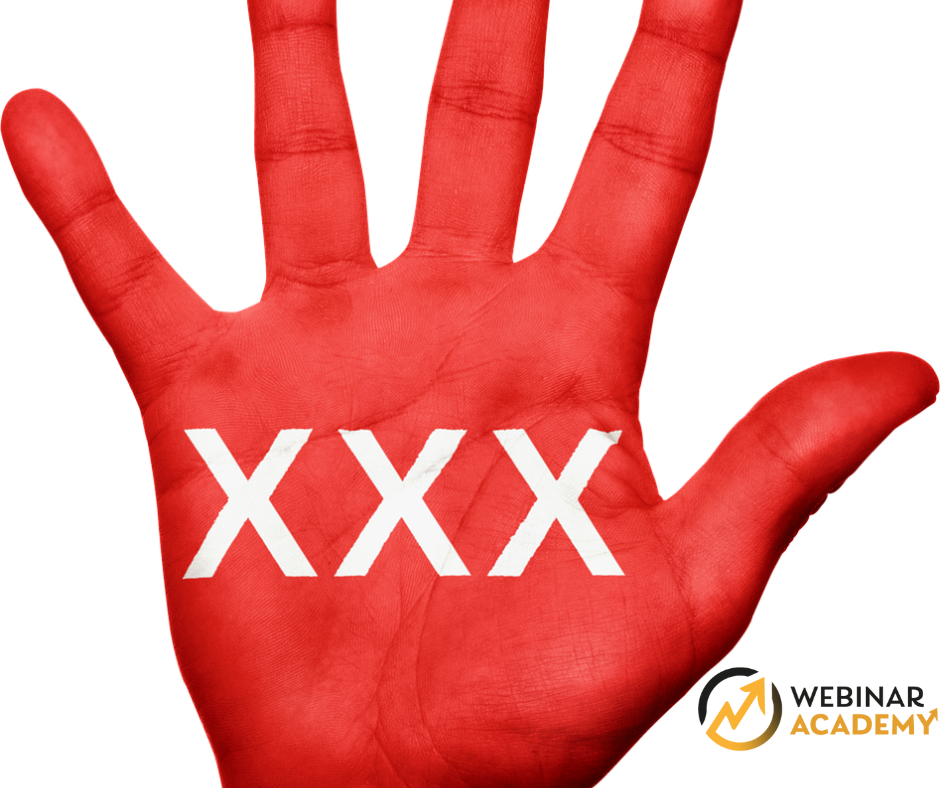Orgasmic disorders ... meaning?
Anorgasmia is a sexual dysfunction occurring in both men and women. It is defined as the inability to achieve orgasm despite arousal occurring. The disorder is referred to both when it has never occurred and when a person has been able to properly peak in the past.
Anorgasmia is divided into primary, secondary and situational. The former is that which occurs from the onset of sexual life. Affected individuals have never reached orgasm during masturbation, fondling or intercourse.
Secondary anorgasmia refers to patients who have peaked in the past, but are now unable to achieve full satiation, for example due to a change of partner, illness or hormonal treatment.
Situational anorgasmia, on the other hand, is a lack of sexual satisfaction that occurs only in specific situations. For example, a person may reach orgasm during masturbation or sleep, but not during sexual intercourse.

Where it comes from...
Anorgasmia can be referred to when problems with achieving orgasm have been present for at least six months. The causes of this sexual disorder can be divided into physiological, psychological and social.
The first group includes:
• Hormonal disorders contributing to decreased libido - hypoestrogenism, hyperprolactinaemia or thyroid dysfunction. A significant number of women experience reduced libido while on birth control pills. • Congenital or acquired defects of the reproductive organs. In women, these may include uterine malformations or congenital defects of the vagina. • Neurological disorders, such as spinal cord injuries or vulvar nerve damage. • Venereal diseases • Inflammatory conditions in the genitourinary tract • Use of stimulants • Taking certain medications, including antidepressants • Unhealthy diet • Neurological conditions • Lack of contractility of the Kegel muscles - this is a common condition that can be effectively eliminated by performing regular exercises involving tensing and relaxing the perineal muscles. • Postpartum changes - these may be related to, among other things, a reduced libido caused by hormonal changes in the female body at that time, breastfeeding or focusing on the baby. Changes in the genital area due to caesarean section, complications during childbirth or too early initiation of sexual intercourse after childbirth are also mentioned here. • Menopausal changes - during the menopause, there is a decrease in the concentration of hormones such as oestrogen, among others, which directly affects the decrease in libido. The solution to this problem is hormone replacement therapy to restore hormonal balance.
The psychological causes of anorgasmia are: • Depression • Neurosis • Anxiety disorders • Mood deprivation • Chronic stress • Traumatic sexual experiences in the past • Tokophobia (fear of pregnancy and childbirth) • Complexes • Lack of awareness of one's own body • Relationship problems
The social causes of the sexual disorder in question, however, include:
• Upbringing in a conservative family and related religious beliefs • Insufficient sex education • Emotional relationship with the father • Lack of privacy during rapprochement

Diagnosis and treatment
Anorgasmia manifests itself in the absence of orgasm despite the experience of sexual excitement, prolonged stimulation of the erogenous zones, normal levels of libido and the occurrence of arousal and its physical symptoms, such as erection of the penis and increased blood supply and lubrication of the vagina. The consequence is persistent, unresolved sexual tension, which can result in dissatisfaction, a tendency to avoid intimate situations, lower self-esteem and emotional disturbances.
If you notice any of the symptoms of anorgasmia mentioned above, you should visit a sexologist. Diagnosis of the problem is based on a history and physical examination. Occasionally, hormonal tests and gynaecological and endocrinological consultations may also be necessary.
The interview concerns the history of sexual relations and related problems. It addresses issues such as the degree of interest in sex and the circumstances in which it increases or decreases, the frequency of masturbation and sexual intercourse or the frequency of sexual fantasies and erotic dreams. An equally important part of the diagnosis is the medical history including medications taken, co-morbidities, lifestyle, substance abuse that may contribute to sexual dysfunction, psychological factors and relationship problems with the partner/partner.
The method of treatment for anorgasmia depends on the cause. It can include pharmacological or hormonal therapy, causal treatments for diseases that may contribute to sexual dysfunction or psychotherapy. The Webinar Academy platform offers a range of materials to help understand the issue of orgasmic dysfunction. It is a professional training platform that makes online training
